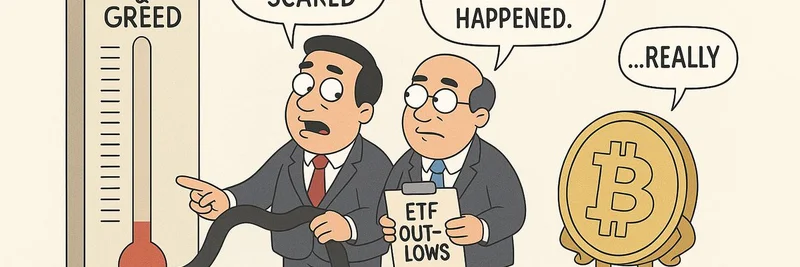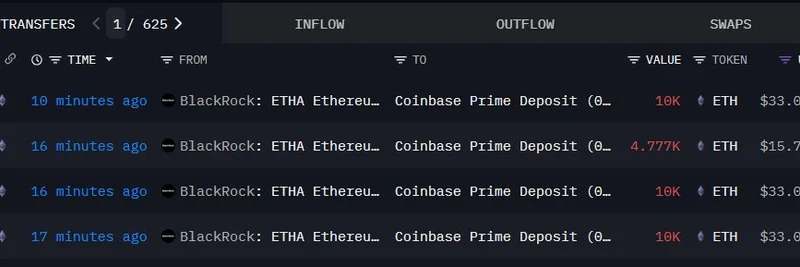Hey there, crypto enthusiasts! If you’ve been keeping an eye on the X platform lately, you might have stumbled across a fascinating thread by G | Ethena (@gdog97_) that dives deep into the so-called "DAT phenomenon" and its implications for the altcoin market. Posted on July 25, 2025, this thread has sparked some serious discussion, and as a former editor-in-chief of CoinDesk now writing for Meme Insider, I’m excited to break it down for you in a way that’s easy to digest—especially if you’re into meme tokens or broader blockchain trends.
What’s the DAT Phenomenon All About?
So, what exactly is the DAT phenomenon? The thread doesn’t spell it out explicitly, but it seems to refer to a new approach where crypto projects, like Ethena, are exploring ways to bridge the gap between the crypto world and traditional equity markets. G suggests this could be a game-changer for altcoins—those cryptocurrencies other than Bitcoin and Ethereum. The idea? Use equity wrappers (think of them as a way to package crypto assets into something tradable on stock markets) to attract institutional investors who’ve been hesitant to jump into the wild west of crypto.
The thread kicks off with a couple of charts showing the altcoin market cap (excluding Ethereum) over time. Check this out:
These graphs highlight a key point: the total altcoin market cap has hit similar peaks—around $1.2 trillion—in both late 2021 and late 2024. Adjusted for inflation, that’s practically the same amount. G raises an intriguing question: have we maxed out the crypto-native capital (money from crypto enthusiasts) available to push altcoin prices higher? It’s a thought-provoking idea, especially if you’re tracking meme tokens, which often rely on retail hype.
The Capital Conundrum
One of the big takeaways from the thread is the concern about limited crypto-native capital. G points out that the altcoin market cap is a tiny fraction compared to global equity markets. Take a look at this chart:
Here, the altcoin market cap of $1.1 trillion pales in comparison to the $62.5 trillion U.S. equity market or even China’s $11.5 trillion. This disparity suggests a massive opportunity. If only a handful of altcoins with real businesses (not just hype-driven meme tokens) can tap into this institutional money, they could see significant growth. G estimates maybe 10 tokens fit this bill, which is a narrow but exciting niche.
Token Unlocks and the Ethena Story
The thread also touches on a pain point many in the crypto space know well: token unlocks. These are moments when large chunks of tokens, often held by early investors like venture capitalists (VCs), become available for sale. For Ethena, G admits this has been a challenge, with VC unlocks causing price volatility. He even shares a personal reflection, noting mistakes made during fundraising—selling too much of the token supply early on.
But here’s where it gets interesting. G references a post by Ryan Watkins about "Microstrategy clones"—companies buying up locked token supplies to stabilize markets. This could be a solution to the unlock overhang, turning a weakness into a strength by attracting long-term capital. For Ethena, this aligns with their goal: providing easy access to equity markets rather than chasing short-term price pumps.
Why This Matters for Meme Tokens and Beyond
Now, you might be wondering, “What does this have to do with meme tokens?” While the thread focuses on tokens with real revenue (not the Dogecoin or Shiba Inu variety), the broader trend of equity wrappers could eventually trickle down. If institutional money flows into crypto via these structures, it might legitimize the space, potentially lifting all boats—including meme tokens with strong communities.
G emphasizes that this isn’t about quick arbitrage (buying low, selling high). Instead, it’s about sustained growth at a 1.0x net asset value (NAV)—meaning the value of the wrapped equity matches the underlying assets. This could open doors for projects to access untapped capital pools, especially in the digital dollar and stablecoin space, where Ethena operates.
The Bullish Takeaway
For those 10 or so tokens with solid business models, G sees a bullish future. Traditional finance (TradFi) could start underwriting these projects, separating the wheat from the chaff—real businesses from "vapourware" (projects with no substance). This could lead to a clearer distinction in the market, with serious players gaining traction while speculative coins fade.
In response to a question from Zoomer Oracle, G hints that outside of stablecoins, niches like DeFi (decentralized finance) or infrastructure projects might attract interest. This is a space to watch, especially if you’re a blockchain practitioner looking to stay ahead of the curve.
Final Thoughts
The DAT phenomenon, as outlined by G, is a bold step toward integrating crypto with traditional markets. It’s not a silver bullet—challenges like VC unlocks and the ephemeral nature of NAV premiums remain—but it’s a strategic move to broaden access to capital. For Ethena and similar projects, it’s about building for the long haul, not just riding the next hype wave.
What do you think? Are you excited about this potential shift, or skeptical about its impact on altcoins and meme tokens? Drop your thoughts in the comments, and let’s keep the conversation going. For more insights into blockchain trends and meme token news, stick with Meme Insider!
(Note: Image URLs are placeholders; replace with actual image links from the tweet thread.)



